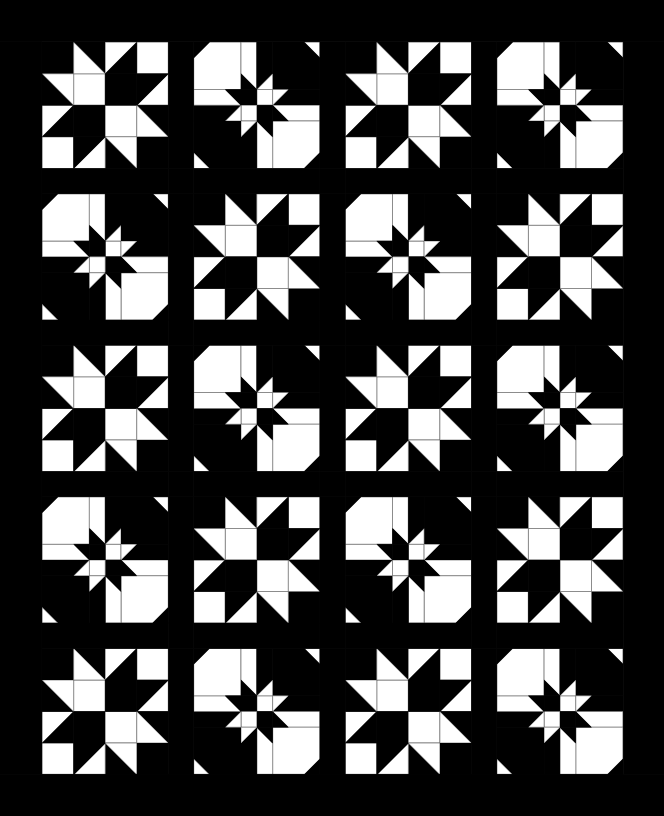Create Your Own Masterpiece: Pixelated Squares & Free Motion Quilting Tutorial for a Van Gogh Sunflowers Quilt
- Kimberley Hind
- Feb 17, 2023
- 3 min read
Updated: Jan 14, 2024

Fabric: Sunflowers - Vincent van Gogh - The National Gallery
Create a stunning free motion quilted throw for your living space using the famous painting ‘Sunflowers’ by Vincent Van Gogh. The pixilated patchwork gives a modern twist on a classic painting that you can display in your home either over your sofa or bed or even to hang on a wall.
What you’ll need:
Sunflower panel by Make and Believe Fabrics
60 x 56” fabric for the front, I’ve used brown cotton
48 x 56” fabric for the back, I’ve used brown cotton
196” bias binding, I’ve made my own using brown cotton
55 x 46” wadding
‘Bondaweb’ or similar paper adhesive interfacing for applique
Basting spray or quilting pins (I’ve used Odif 505)
Pen and copy paper to make templates
If you wish to use free motion quilting, you’ll need a free motion sewing machine foot too.
Finished size – 45” x 53”
Use ¼” seam allowance
1. Trim the white edges off the panel.
2. Cut a square from the top left corner of the panel. To measure this, fold the panel in half width ways and crease the centre point. Work out the measurement of one half. Use this measurement to mark down the left side of the panel and cut out the square.

3. Cut a square of brown fabric measuring 18”x 18”.
4. Sew the brown square to the panel. Start by sewing the square right sides together to the bottom of the cut out. Carefully snip into the seam allowance at the corner of the panel fabric.

5. Flip the brown square so that the raw edges line up and continue to sew. Press, then trim the brown fabric to the edge of the panel to make square.

6. Cut 2 strips of brown fabric measuring the length of the panel x6” and sew to either side of the panel.

7. Cut 2 strips of brown fabric each measuring the width of the panel x6” and sew to the top and bottom of the panel.

8. Apply Bondaweb to the back of the cut-out square from the panel.
9. Cut the square in half down the centre.

10. At this point, you can be creative in the way you form the smaller, ‘pixelated’ squares. Cut squares from the copy paper and play around with the arrangement and sizes to create a fun design. Here’s the squares that I cut for templates -
One 7.5”, four 4.5”, four 3.75”, seven 2.25” and four 1” squares. (I decided on the 1” squares later)
Place these over the cut out from the panel and arrange them so that the largest square is in the bottom right hand corner, grading up to the smallest squares at the top of the fabric as in the picture.

11. Use the square templates to cut the shapes from the panel. I positioned them so that I used as much of the flowers as possible. (I had the top left strip of the panel left over).

12. Position the small squares over the top left brown square of the quilt front. To create the pixelated effect, start with the largest square closest to the centre, then spread out the smaller ones gradually getting smaller and at different angles. I took my squares over the border for a more disjointed look.

13. Once you are happy with the layout, peel off the paper back and use a hot iron to adhere the squares to the quilt.
14. Cut the wadding slightly larger than the quilt top and adhere to the back using a basting spray. (Cutting the wadding slightly bigger allows for any movement when quilting.)
15. For the backing, cut a piece of brown fabric slightly larger than the wadding adhere to the back, sandwiching the wadding between the quilt top and back.
16. Time to quilt! I used free motion quilting in a meandering design all over to create lots of texture. Alternatively, you could sew in lines diagonally to create a crosshatch.

17. Once the quilting is done, trim back the wadding and backing to the size of the quilt top.
18. Finally, sew bias binding around the entire edge of the quilt. To sew the binding with a sewing machine, sew the binding right sides together to the back of the wall hanging first. Fold over to the front and sew in place, mitring the corners and overlapping the ends.

Happy sewing! Kym x
Shop fabric and sewinfg supplies here - debbieshoresewing.com
Fabric panel commissioned by The Craft Cotton Company for this project




Comments